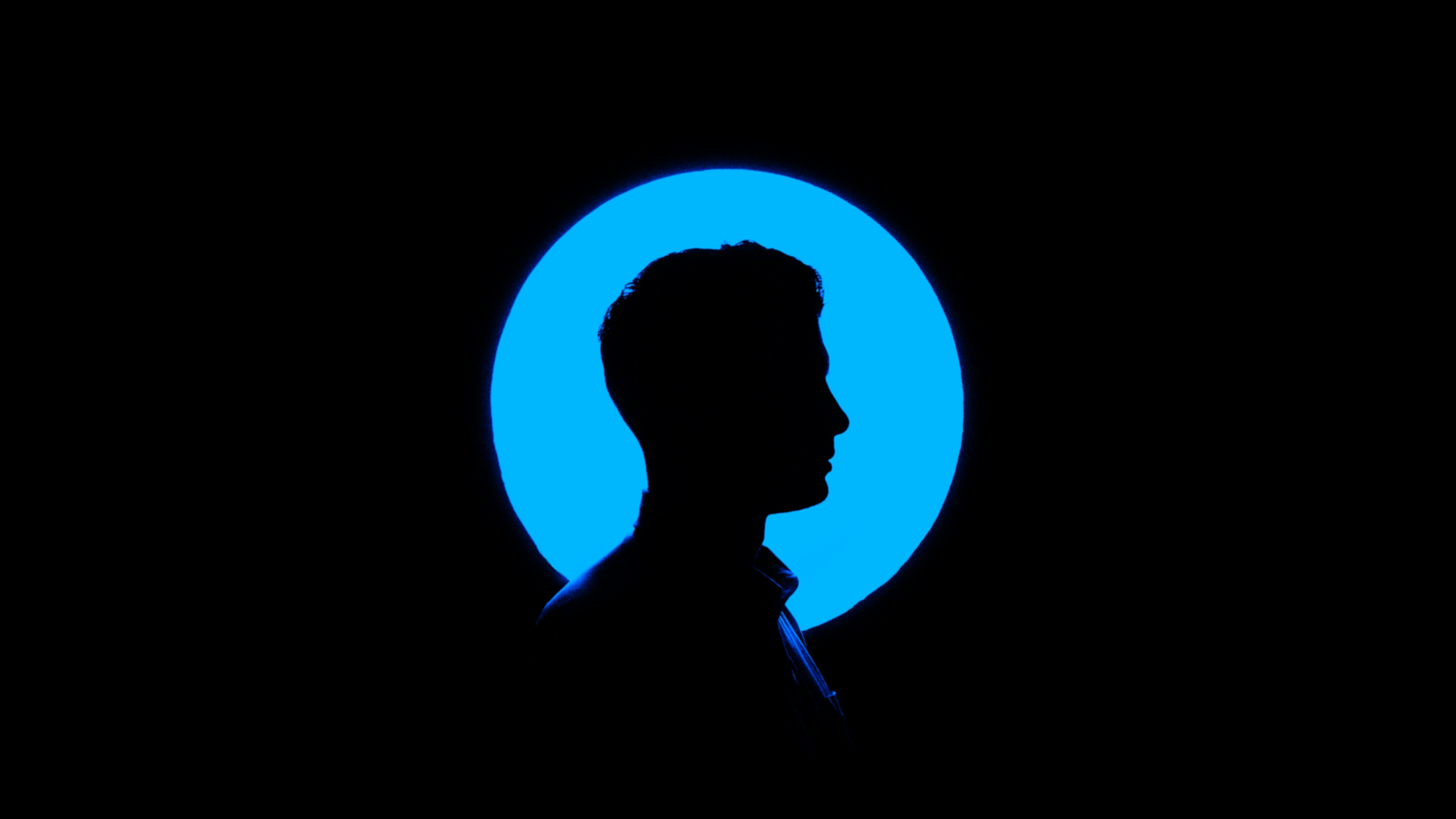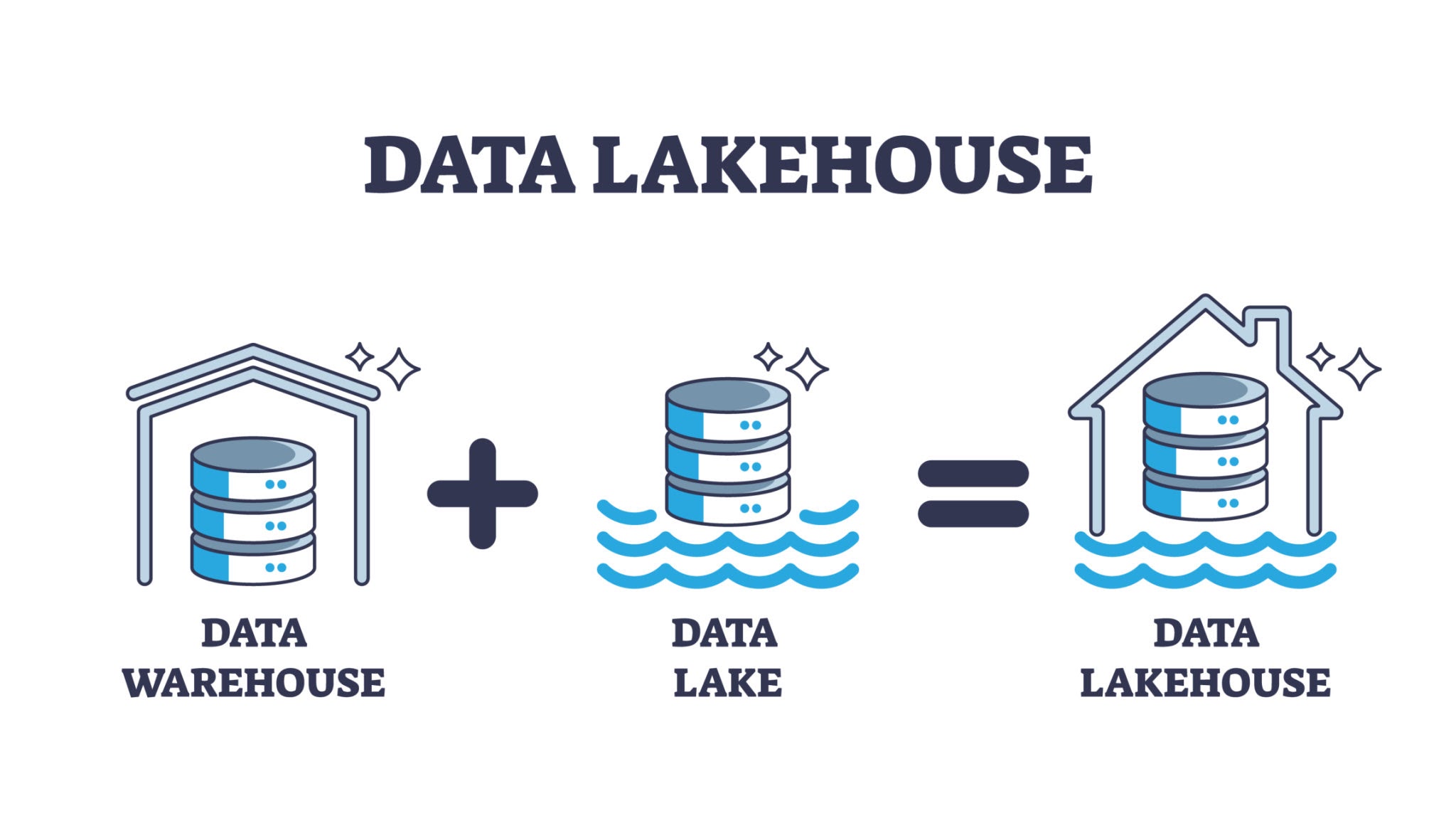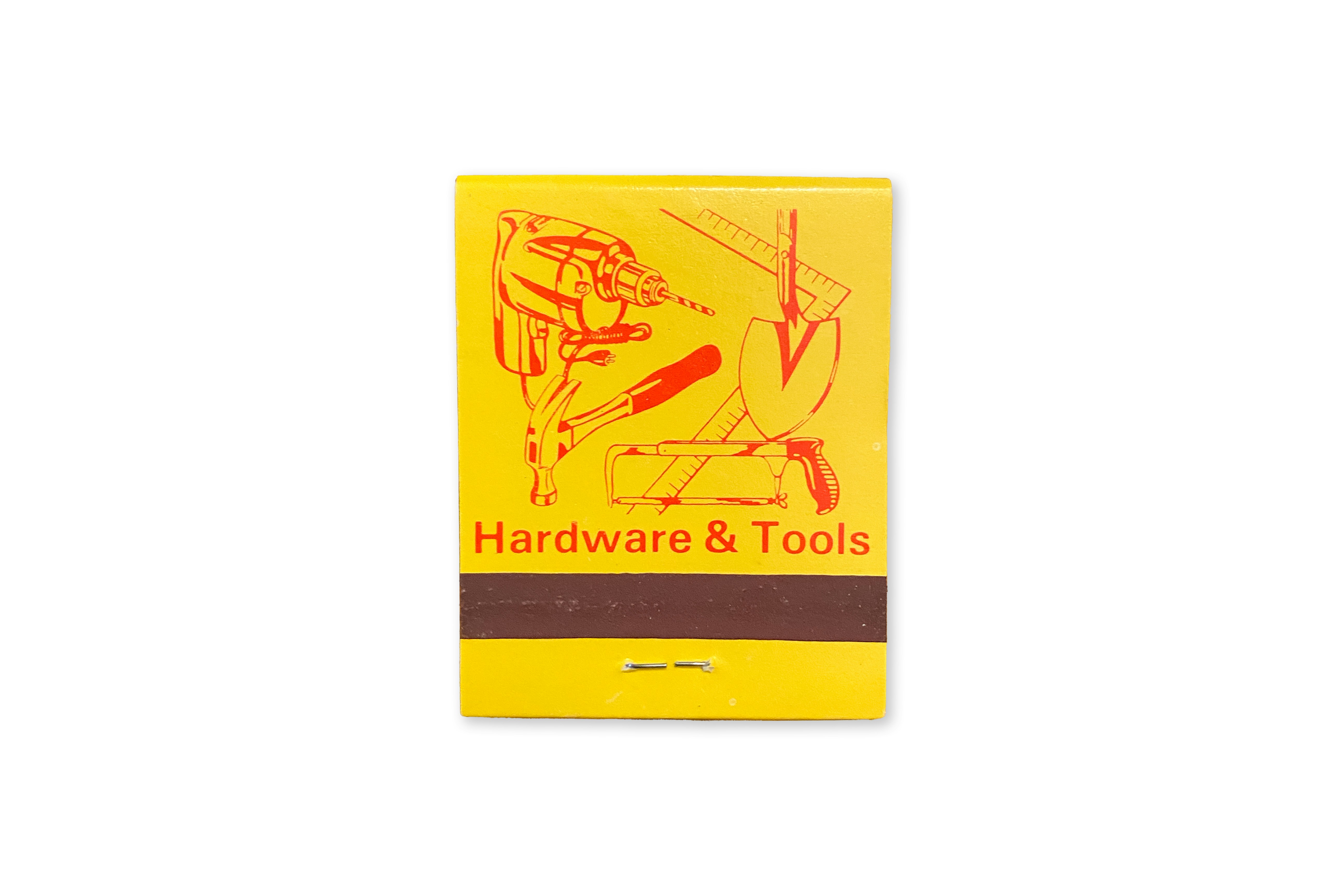· Darren Ong · documentation · 5 min read
From System of Record to System of Intelligence: The Data-Driven Future of HR Tech
Your HR tech platform is sitting on a data goldmine. Are you just storing it, or are you turning it into predictive intelligence? The future of HR tech isn't just about features; it's about data.

If you are a leader at an HR Tech company, you are sitting on the single most valuable dataset in the modern enterprise: people data.
Whether your platform manages a company’s core HRIS and payroll or their talent acquisition and recruitment pipeline, you are the system of record for their most critical asset. For decades, being a reliable, secure “system of record” was enough.
That era is over.
Your customers, from CHROs to Talent Managers, are under immense pressure. They are no longer asked, “How many people did we hire?” They are asked, “Did we hire the right people, and how will they impact the business in 18 months?”
They don’t just want reports; they want answers. They want predictions. If your platform can’t provide that, they will find one that can.
The next frontier for HR Tech is not just about a slicker UI or one more module. It’s about making the strategic leap from a System of Record to a System of Intelligence.
The Two HR Techs: Where the Real Data Problem Lies
The demand for intelligence is universal, but it looks slightly different depending on your niche.
For Core HR Cloud Platforms (HRIS/HCM): You hold the “employee lifecycle” data, payroll, promotions, tenure, performance reviews, engagement scores.
- The Problem: This data is often siloed from itself. Performance data doesn’t “talk” to compensation data, which doesn’t “talk” to engagement data.
- The Customer’s Question: “You can show me my turnover rate. But can you show me the cost of that turnover, broken down by department, and which managers are at the highest risk of losing their top performers next?”
For Talent & Recruitment Platforms (ATS): You hold the “pre-hire” data, candidate sources, cost-per-hire, time-to-fill, interview feedback.
- The Problem: Your data lives in a vacuum. You know who was hired, but you have no visibility into what happens next.
- The Customer’s Question: “You can show me my ‘source of hire.’ But can you show me which source consistently delivers candidates who become top performers, get promoted within 2 years, and have the highest retention rates?”
To answer either of these questions, you need more than a dashboard. You need a sophisticated data strategy.
The Three-Step Evolution: How to Become a System of Intelligence
Moving from a data-storing to a data-advising platform involves three key transformations.
1. Build the Foundation (Data Engineering)
You cannot build a skyscraper on a weak foundation. Your platform’s data is likely spread across multiple services, databases, and tenants. The first step is to architect a modern data platform that can unify these sources.
This is the work of Data Engineering. It involves:
- Data Unification: Creating a central, scalable platform (like a Data Lakehouse) that can securely store all data types, structured (from your databases) and unstructured (from resumes or interview notes).
- Data Integration: Building robust, automated pipelines to connect your customers’ data. This is key for Talent Platforms, which must connect to the client’s core HRIS to get post-hire performance data.
- Data Governance: Ensuring all this data is clean, compliant, and secure, especially with sensitive PII and global privacy laws.
The Result: A “single source of truth” for all people data, ready to be analyzed.
2. Deliver Actionable Insight (Data Analytics)
Once your data is unified, you can finally offer real Data Analytics, not just reports. The key is moving beyond pre-canned dashboards to embedded, self-service analytics.
This allows your customers to:
- Ask Their Own Questions: Let an HR Business Partner build their own report correlating engagement survey data with performance metrics for their specific department.
- Blend Data: Show a “cost of vacancy” by combining data from the ATS (time-to-fill) with data from the HRIS (compensation for that role).
- Visualize “Why”: Move beyond what happened (turnover went up) to why (turnover spiked for top performers in the R&D department 90 days after a new compensation plan was rolled out).
The Result: You empower your users to become data-driven, and your platform becomes the indispensable tool they use to do it.
3. Predict the Future (Data Science & AI)
This is the final, game-changing step. With a clean foundation and clear analytics, you can now apply Data Science and machine learning to offer predictive intelligence. This is what will truly set you apart.
For Talent Platforms:
- “Candidate Fit Score”: A model that learns from 5 years of hiring data to predict which candidates are most likely to succeed in a role.
- “DEI Impact Analysis”: An AI tool that can scan job descriptions to predict how they will impact the diversity of the applicant pool.
For Core HRIS Platforms:
- “Employee Attrition Risk”: A model that identifies high-value employees at risk of leaving in the next 6-12 months, based on factors like promotion velocity, compensation ratio, and manager changes.
- “Compensation AI”: A tool that provides real-time, data-driven salary recommendations during performance cycles.
The Result: Your platform stops reporting on the past and starts advising on the future.
The Business Case: Why Bother?
This transformation is not just a “nice-to-have” feature. It is the new competitive battlefield.
- Massive Competitive Differentiation: While your competitors are busy adding minor features, you will be offering a truly “intelligent” platform that solves your customer’s biggest strategic problems.
- Unbelievable Customer Stickiness: When your platform is just a filing cabinet, it’s a commodity. When it’s the brain that predicts attrition risk and guides hiring strategy, it is irreplaceable.
- New Revenue Streams: “Premium Analytics,” “AI-Powered Insights,” and “Predictive Modules” are all high-margin products you can sell to your existing customer base, dramatically increasing your Net Revenue Retention (NRR).
The future of HR Tech is clear: the platforms that help companies understand their people will be the ones that win. The question is, will your platform be one of them?
We help SaaS and tech companies turn their data into a competitive advantage. From building scalable data platforms on AWS and Snowflake to deploying the machine learning models that power your new features, we are the data team for the data-driven business. Contact us.



